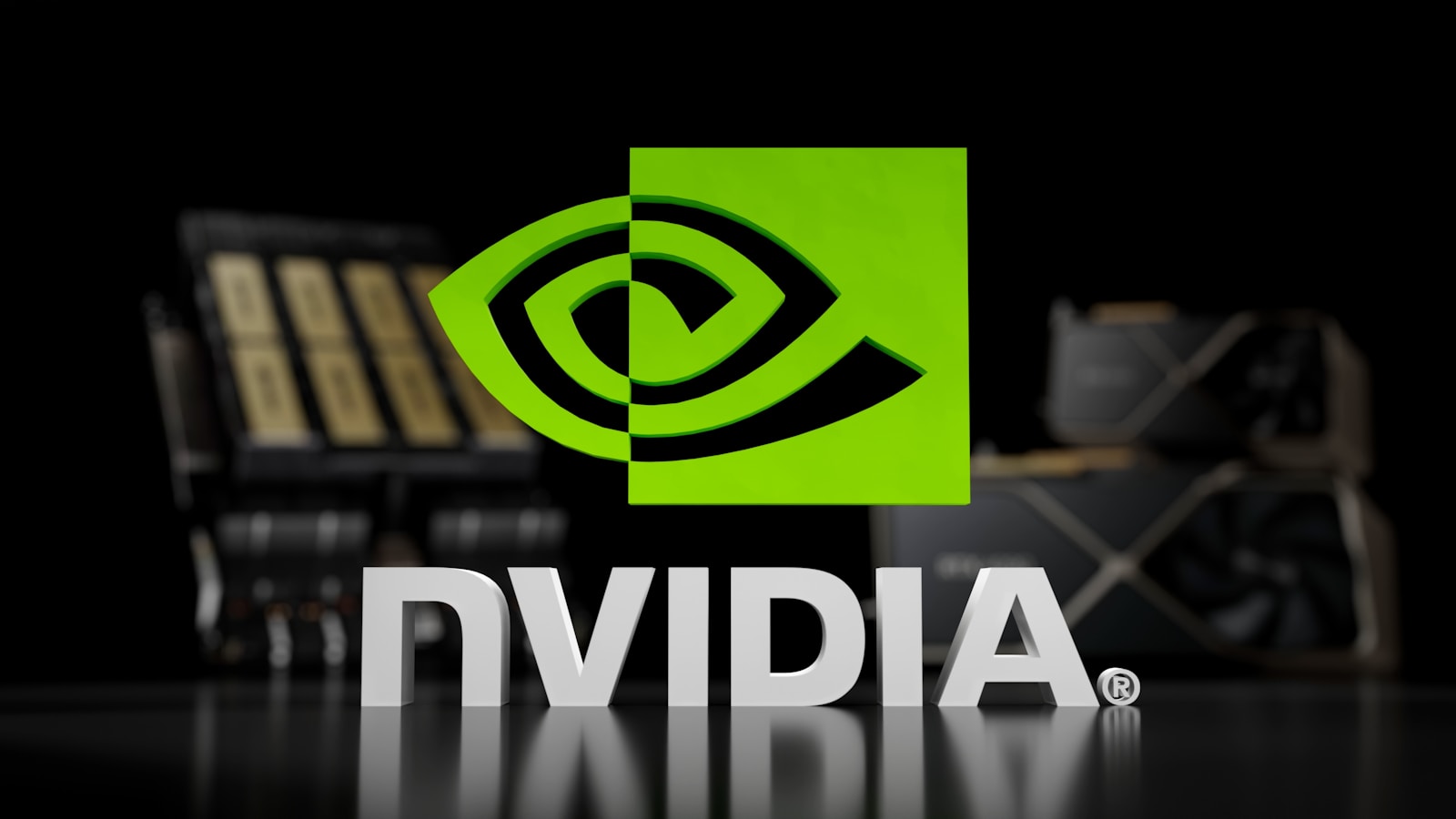Current Spending Commitments Mute Valuation Concerns
NVIDIA Corp. (NASDAQ: NVDA) is one of the best-performing stocks over any recent period. The stock is up over 59% in the last 12 months and over 41% in 2025. The company is essential to the computing needs of the cloud, artificial intelligence (AI), and machine learning, and is making inroads into the emerging field of quantum computing.
In the earnings season that just wrapped up, companies such as Microsoft, Meta Platforms, and Alphabet either confirmed previously announced capital expenditures on data center and AI infrastructure, or increased their spending commitments.
NVIDIA is a common denominator for all of that spending. The company’s GPUs represent the leading edge of generative and agentic AI. While other competitors are working feverishly to catch up, NVIDIA continues to have a commanding market share advantage. This gives the company a wide moat that will take considerable time for competitors to narrow.
That market share advantage is important because the bear case for analysts and investors is similar to that made about Palantir, another red-hot—and objectively overvalued—stock. The skeptics don’t doubt that NVIDIA will continue to grow. The concern is that the growth is slowing. Analysts expect to see earnings per share (EPS) growth of around 43% in the next 12 months. However, in the prior 12 months, the company was generating EPS growth of over 60%.
Does NVIDIA Have a China Problem?

In late September, China issued a ban that prohibits its largest technology companies from buying NVIDIA chips. This ban impacts future sales and caused several companies to cancel existing orders.
NVIDIA’s chief executive officer (CEO) Jensen Huang has made it clear that China is an important market for the company. The ban is a setback. However, as much as some investors want to draw clear lines between business and politics, it’s impossible not to blur the lines with this situation.
The ban is less about how China feels about NVIDIA chips, but how it feels about U.S.-China relations. That may make investors feel better or worse about the situation. However, the takeaway is that NVIDIA may be a bargaining chip in the ongoing trade negotiations.
But while China is an important part of NVIDIA’s growth, it’s not the only lever for the company to pull. That was clear from the recent announcement of a partnership between NVIDIA and Intel that reversed any negative sentiment in NVDA stock.
What About That Valuation?
A common concern about technology stocks is that they are overvalued. However, context is important. Certainly, if you measure the value of a stock on a measure like the price-to-earnings (P/E) ratio, NVDA stock is richly valued at around 53x earnings. The stock also has a price-to-sales (P/S) ratio of over 34x.
Both of those metrics are higher than the stock’s historical average. That means that investors are paying a premium to own NVDA stock. However, it’s important to focus on the “E” in the P/E ratio, which means looking at what analysts believe is possible for NVIDIA’s future earnings growth. Analysts are forecasting earnings growth of over 43% in the next 12 months.
When you look at it that way, the premium for NVDA stock doesn’t look as rich. Particularly when you compare it to a company like Apple Inc. (NASDAQ: AAPL). That stock trades around 38x earnings, which is more expensive on a percentage basis than NVIDIA. But analysts only forecast about 12% earnings growth for Apple, which means investors are paying a more significant premium for a stock that’s performed about equally to NVIDIA over the past three months.
New Highs Ahead
NVDA stock recently hit $190, which is a new high since the company split its stock in 2024. That puts the stock about 10% below the consensus price of analysts. However, many analysts believe the stock can go much higher. For example, on September 30, KeyCorp reiterated its Overweight rating on the stock and raised its price target to $250 from $230.
Momentum is on the bulls’ side, but it may take some time for the stock to move significantly higher. NVIDIA won’t report earnings until mid-November, which means investors will have to get through October, a historically weak month for stocks.
That trend could repeat itself if the government shutdown lasts longer than expected. When the government shut down for 35 days in 2019, the S&P 500 fell by nearly 20%. However, investors should note that stocks regained those losses in just a few days after the shutdown ended.
The long-term takeaway is that investors should have no concerns about buying NVDA stock, even if it continues to grind higher, and can get even more aggressive on any dip.

Leave a Reply